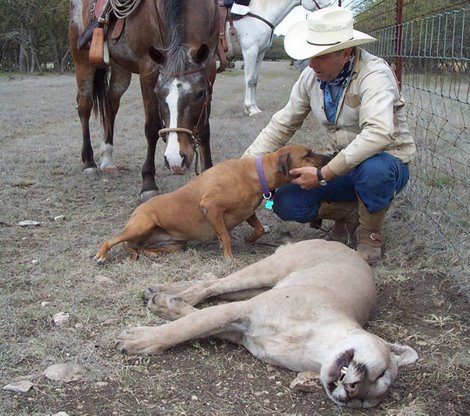The National Wildlife Federation today announced its opposition to final passage of the farm bill. The House-Senate Conference Committee completed their work on reauthorization of the farm bill last Thursday and indicated a vote on final passage is likely in the House this Wednesday.
“This farm bill is a recipe for disaster for wildlife,” said Larry Schweiger, President and CEO of
the National Wildlife Federation. “Our Congressional leaders have put forth a bill that
jeopardizes wildlife, slashes investments to key conservation programs, and fans the flames of
global warming.”
The final bill includes drastic cuts in funding for the Conservation Reserve Program and
Wetlands Reserve Programs and includes a permanent disaster fund for farmers that would
encourage the destruction of native grasslands. Combined with last year’s ethanol mandate that would more than double corn ethanol production, this bill establishes unprecedented opportunity for habitat destruction in the United States.
“The farm bill creates a perfect storm for the destruction of habitat and the aggravation of global warming,” said Schweiger. “We have no choice but to call on Congress to reject this farm bill and demand changes that keep this bill from becoming a conservation nightmare.”
The combination of a new permanent disaster program in the final bill and a greatly weakened
“Sodsaver” provision are especially problematic for waterfowl, pheasants and other game birds
that rely on healthy grassland and wetland habitat. Continue reading National Wildlife Federation Opposes Final Passage of Farm Bill




